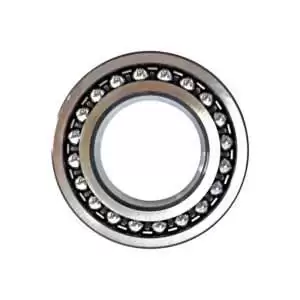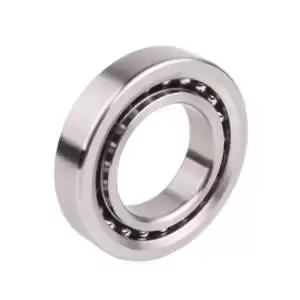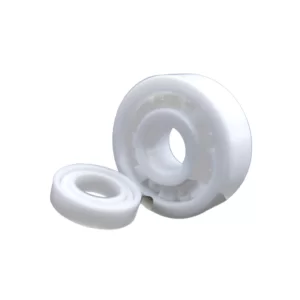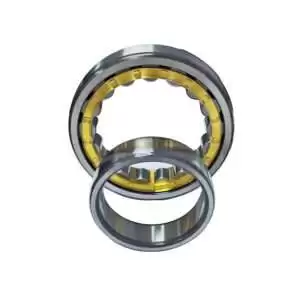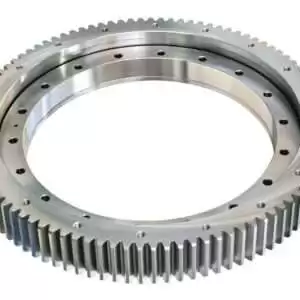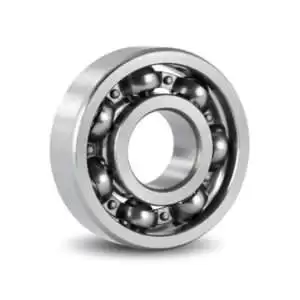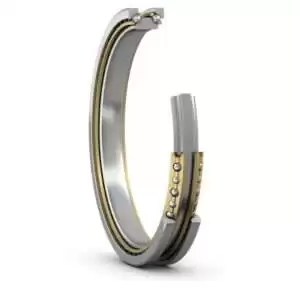Categories
-
Adapter Sleeves (9)
-
Ball Bearings (11)
-
Ball Screw Bearings (2)
-
Ceramic Bearings (27)
-
Pillow Block Bearings (4)
-
Plain Bearings (32)
-
Roller Bearings (12)
-
Slewing Bearings (43)
-
Sliding Block (3)
-
Stainless Steel Bearings (27)
-
Super Precision Bearings (6)
-
Thin Section Bearings (9)
-
Track Rollers (4)
-
Universal Joints (1)
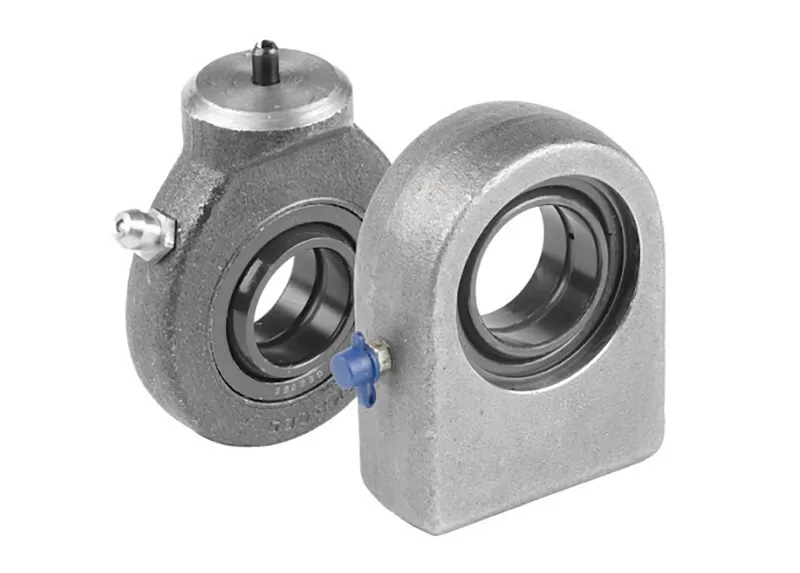
Introduction
Understanding Hydraulic Rod End Bearings
Design and Structure
Hydraulic rod end bearings feature a robust design tailored for the demanding environments of high-load hydraulic systems. Typically, these bearings consist of a housing with a threaded or welded connection for secure attachment to the hydraulic cylinder or actuator. Inside, they incorporate a spherical plain bearing or ball joint mechanism that allows for smooth articulation and movement. The materials used, often high-strength alloy steels or stainless steels, ensure durability and resistance to corrosion under hydraulic fluid exposure and varying operational temperatures. This structural integrity is vital for maintaining alignment and handling the substantial forces exerted during equipment operation, thereby optimizing performance and reliability in industrial applications such as heavy machinery and precision equipment.
Types of Rod End Bearings
Hydraulic rod end bearings come in several types, each suited for specific applications within high-load hydraulic systems. One common type is the spherical rod end bearing, which features a ball enclosed in a housing with a spherical inner ring. This design allows for significant angular misalignment and accommodates varying degrees of movement, making it ideal for applications where flexibility is crucial, such as in construction machinery. Another type is the ball joint rod end bearing, which utilizes a ball within a socket to provide smooth rotation and articulation. These bearings excel in applications requiring precise movement control and minimal friction, such as in industrial robots and automation equipment. Choosing the appropriate type depends on factors like load capacity, alignment requirements, and environmental conditions, ensuring optimal performance and longevity in diverse hydraulic system setups.
High-Load Hydraulic Systems Overview
High-load hydraulic systems are essential for powering heavy machinery and equipment across various industries, characterized by their capability to handle substantial forces and pressures. These systems typically feature hydraulic cylinders, pumps, motors, valves, and actuators working in tandem to generate and control hydraulic power. Applications range from construction equipment like excavators and loaders to industrial machinery such as presses and manufacturing lines.
The primary function of these systems is to convert hydraulic energy into mechanical force, enabling precise movement and operation under extreme loads. Hydraulic cylinders, for instance, exert force through the motion of a piston within a cylinder, powered by pressurized hydraulic fluid. Pumps and motors play pivotal roles in generating and transmitting this fluid power, while valves and actuators regulate and control the direction, pressure, and flow of hydraulic fluid to achieve desired movements and operational sequences. The robust design of high-load hydraulic systems ensures reliability and efficiency in challenging environments, enhancing productivity and safety in demanding industrial applications.
Metal Trusses,Steel Roof Trusses,Steel Frames And Trusses,Metal Roof Trusses,Steel Trusses For Pole Barn
Guangdong Tianchen Steel Structure Engineering Co. Ltd. , https://www.tcsteeltech.com

